10 Facts About Oil In Texas

Oil has played a pivotal role in the history and economy of Texas. Major oil discoveries in the early 20th century launched Texas into the top ranks of oil-producing regions globally. Technological advances continue to unlock new reserves, cementing Texas as a leader in US petroleum output.
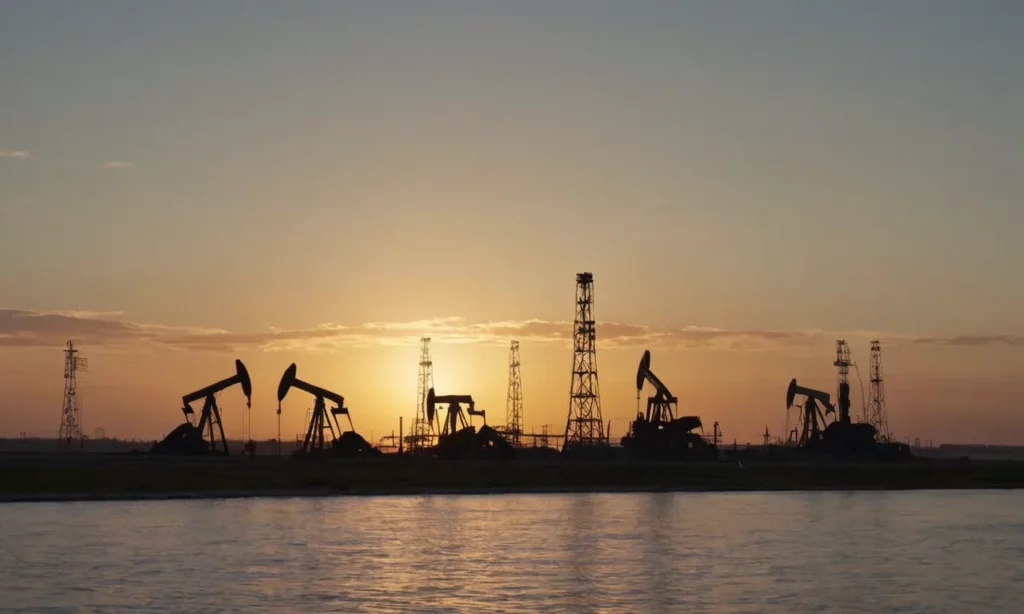
This article explores 10 fascinating facts about the Lone Star State’s enduring bond with the oil industry. From the legendary 1901 Spindletop gusher to the Permian Basin fracking boom, we trace key events and trends that have shaped Texas oil.
1. Texas leads the US in oil production
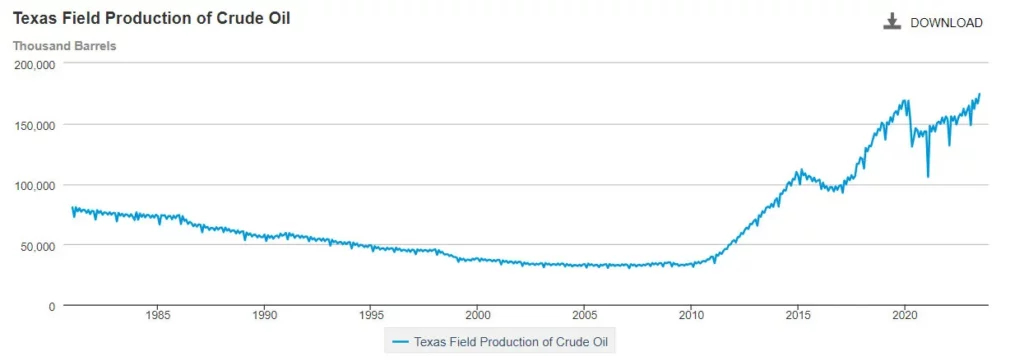
Texas is by far the largest oil-producing state in the United States. In 2022, Texas accounted for 42% of total US crude oil production2. The state produces over 5 million barrels per day, more than double the production of any other state3. Major oil-producing regions in Texas include the Permian Basin, Eagle Ford Shale, and offshore Gulf of Mexico. Advances in hydraulic fracturing and horizontal drilling have enabled Texas to dramatically increase oil output over the past decade.
2. The Spindletop gusher launched the Texas oil boom
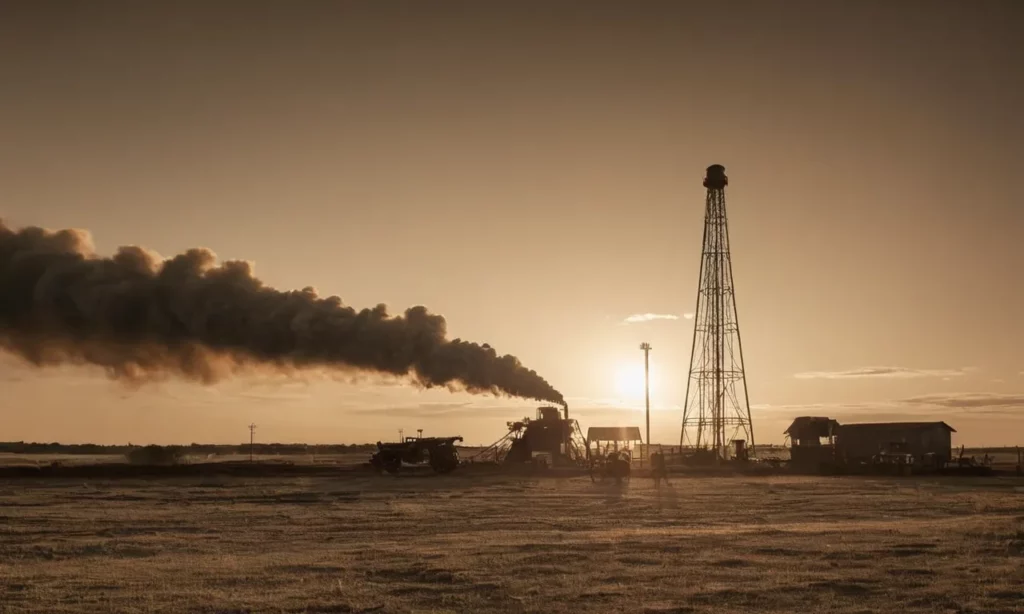
The 1901 Spindletop gusher in Beaumont kicked off the Texas oil boom. This well produced over 100,000 barrels of oil per day at its peak, the largest in the world at the time4. Spindletop revealed the potential of the salt dome structures along the Texas Gulf Coast to contain oil. The frenzy of drilling around Spindletop led to the discovery of other huge fields like Sour Lake. By the 1920s, Texas was producing one-quarter of the world’s oil.
3. Two major oil crashes rocked the Texas economy
Texas has experienced two major oil busts in recent decades that severely impacted the state economy. In the mid-1980s, a global oil glut caused prices to plunge and thousands of Texas oil workers lost jobs5. The Texas unemployment rate hit 9.2% in 19866. More recently, the 2014-2016 oil crash resulted from a global oversupply. Texas lost over 100,000 oil and gas jobs and tax revenues declined sharply.
4. The East Texas Oil Field has produced over 5 billion barrels
The mammoth East Texas Oil Field has produced over 5.4 billion barrels of oil since its 1930 discovery7. Covering parts of 5 counties, East Texas was once the largest oil field in the US. New technologies like hydraulic fracturing have enabled other Texas fields to surpass East Texas in production. But it remains a significant contributor, having given up more oil than any other onshore US field.
5. Oil taxes and royalties provide billions for Texas schools
Oil and gas production generates billions in tax revenue and royalties for Texas schools. In fiscal year 2022, the Permanent School Fund received over $2.1 billion from oil and gas on state lands8. And Texas independent school districts collected $1.65 billion in property taxes from mineral properties that year. This funding is critical for education in a state with no income tax.
6. Texas has 32 oil refineries that can process over 5 million barrels per day
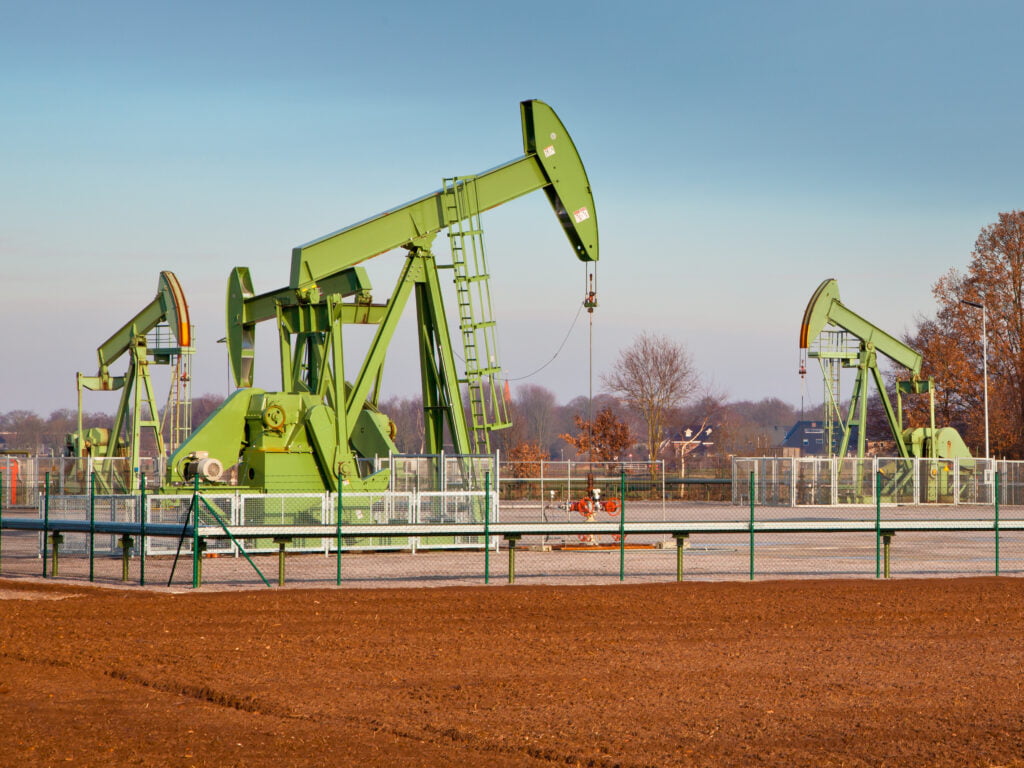
Texas leads the nation in oil refining capacity. The state’s 32 petroleum refineries can process a combined 5.9 million barrels of crude oil per day, accounting for 33% of total US capacity9. Many refineries are located along the Gulf Coast near Houston and Beaumont to be close to imported oil as well as Texas production. The largest is in Port Arthur, which can process over 600,000 barrels per day.
7. Permian Basin production has exploded thanks to fracking
Horizontal drilling and hydraulic fracturing have unlocked vast new oil reserves in West Texas’ Permian Basin. Permian crude oil production has skyrocketed from 1 million barrels per day in 2010 to over 5 million today10. The Permian accounted for 35% of total US oil production in 2021. Estimates show the basin still holds billions of barrels that can potentially be recovered11.
8. Texas oil fields employ hundreds of thousands of workers
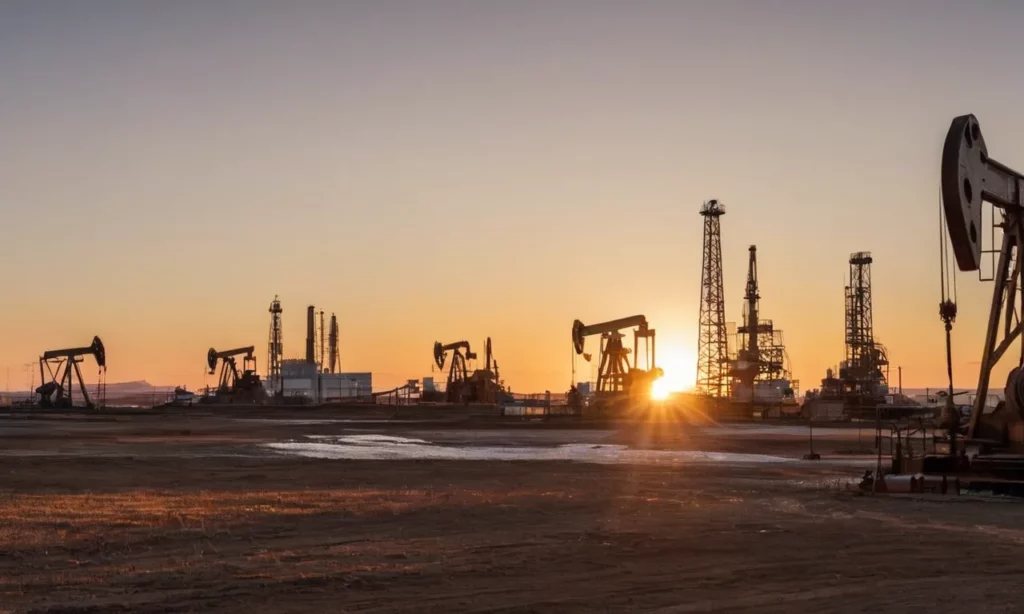
The Texas oil and gas industry provides high-paying jobs for hundreds of thousands of workers. In 2019, the industry directly employed over 300,000 Texans with an average salary above $100,000. Many more work in oil-related services, equipment manufacturing, and other sectors. However, the workforce is vulnerable to oil price swings that curtail drilling.
9. Oil was first produced commercially in Texas in 1866
The first commercial oil well in Texas was drilled in 1866 near the East Texas town of Melrose. This well extracted just 10 barrels per day12. In the ensuing decades, other small wells popped up around the state. But it wasn’t until the 1901 Spindletop discovery that Texas became a major player. This ushered in the era of large-scale oil exploration and production in the Lone Star State.
10. New Mexico now rivals Texas in production growth
While Texas oil output is still increasing, production in neighboring New Mexico rises even faster. New Mexico’s production jumped by 300,000 barrels per day in 2022, accounting for half of total US output growth. The Permian Basin extends into southeastern New Mexico, where drilling is accelerating. But Texas remains the undisputed leader in total oil production.
Conclusion
In closing, Texas and oil have been closely intertwined for over a century. The state’s vast reserves have supplied energy needs across America and beyond. Oil income has funded schools, roads, and public services. Yet reliance on a commodity prone to price swings has also brought economic pain during busts.
As Texas continues leveraging new technologies like hydraulic fracturing, its primacy in US oil production seems assured. But the Lone Star State is also diversifying into renewable energy and tech. The oil industry remains a pillar of prosperity, but likely not the only one going forward. Texas has a rich oil history and an innovative spirit that will drive new chapters of success.
FAQ
How much of the total US crude oil production does Texas account for?
Texas accounted for 42% of total US crude oil production in 2022.
When and where was the Texas oil boom launched?
The Texas oil boom began with the 1901 Spindletop gusher in Beaumont.
What is the significance of the East Texas Oil Field?
The East Texas Oil Field has produced over 5.4 billion barrels of oil since its discovery in 1930, making it one of the largest oil fields in the US.
How has hydraulic fracturing impacted the Permian Basin’s production?
Thanks to horizontal drilling and hydraulic fracturing, the Permian Basin’s crude oil production has surged from 1 million barrels per day in 2010 to over 5 million today.
When was oil first produced commercially in Texas?
The first commercial oil production in Texas started in 1866 near the East Texas town of Melrose.
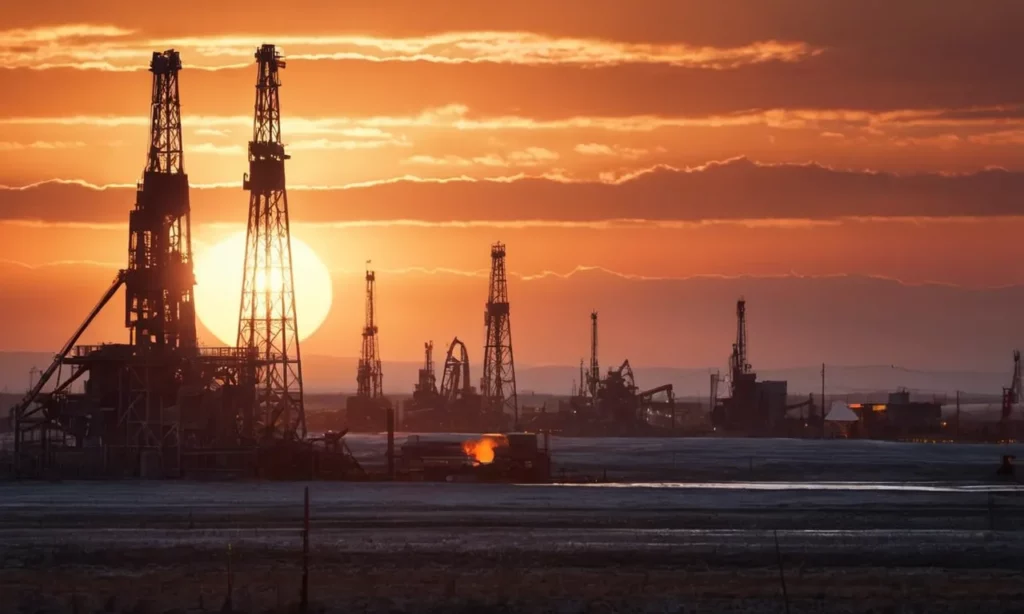
- https://www.eia.gov/dnav/pet/hist/ [↩]
- https://www.eia.gov/dnav/pet/hist/ [↩]
- https://www.eia.gov/ [↩]
- https://eu.tennessean.com/ [↩]
- https://tshaonline.org/handbook/online/articles/doe01 [↩]
- https://urbanlab.lbj.utexas.edu/news [↩]
- https://en.wikipedia.org/wiki/East_Texas_Oil_Field [↩]
- https://www.txoga.org/our-industry/economic-benefits/ [↩]
- https://www.eia.gov/dnav/pet/pet_pnp_cap1_dcu_STX_a.htm [↩]
- https://www.eia.gov/dnav/ [↩]
- https://www.usgs.gov/news/national-news-release/ [↩]
- https://tshaonline.org/handbook/online/articles/doe01 [↩]





